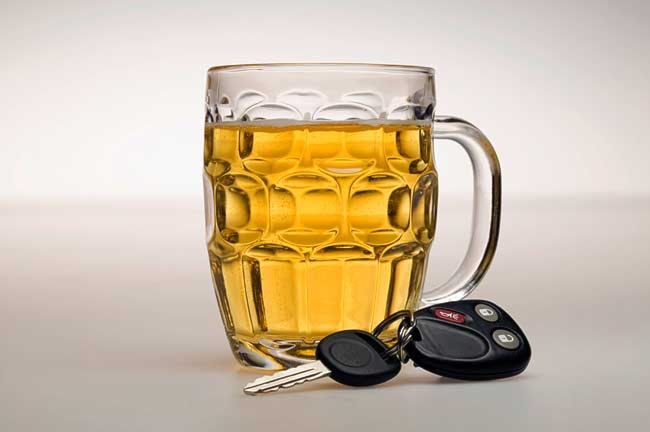The Criminal Code of Canada should be tougher on drunk drivers.
The legal blood-alcohol content limit should be lowered to 0.05 from 0.08.
The reason is simple.
As it currently stands, our laws are sending the wrong signal, says Mothers Against Drunk Driving legal adviser Robert Solomon.
Setting the booze threshold at 0.08 sends the message it’s OK to drink and drive, it’s just not kosher to get bombed and drive.
It’s subtle, but it has real-world implications.
Every year, the number of people killed in accidents involving drunk drivers is increasing.
And every year, even more people are seriously injured in such accidents.
Take Torie Gerard.
The Yukon native was in a serious collision in August 2007, leaving her in a coma. She came to several months later, but has been left with permanent brain damage.
The driver who hit her was charged with drunk driving.
But the charges were dropped.
Such stories are all-too-common in Canada, which has some of the most lax laws on drinking and driving in the developed world.
A study in 2000 suggested Canada had the second-worst record for accidents involving alcohol.
And here, alcohol is a factor in more road deaths than eight other industrialized countries.
There are a couple of reasons for this.
The first, as noted, is the threshold for alcohol impairment while driving is too high.
Now, some provinces have lowered it to 0.05 per cent blood-alcohol content. But because it is not prescribed in the criminal code, breaking that law will only result in licence suspensions and heavy fines.
That’s an inconvenience, but doesn’t carry the same stigma a criminal conviction might deliver.
And, even if you’re stopped, your chances of being subjected to a breathalyzer or blood sample testing are low.
Section 9, which provides freedom from arbitrary detainment or imprisonment, makes it difficult to administer such tests.
But they should be considered constitutional.
As Solomon notes, police have the right to pull people over to check their licence and insurance information. They can demand a citizen identify themselves.
With an issue as dangerous as drinking and driving, the state should have the right to force the administration of a breathalyzer.
Besides, section one of the Constitution has a caveat to the rights it enshrines: it subjects them to reasonable limits “prescribed by law as can be demonstrably justified in a free and democratic society.”
Bottom line, our existing laws and interpretation of the Constitution are not enough to stop preventable deaths on our roads and highways.
There is a fix. One that has been employed in most other industrialized countries.
It is to lower the legal limit. And start randomly subjecting people to breathalyzers.
Canada has to get tougher on drunk drivers.
Postscript: Today until 3 p.m. Vanier Catholic Secondary School held a silent auction and talent show to raise money for an education fund to help Gerard. If you want to contribute, please contact the school.
